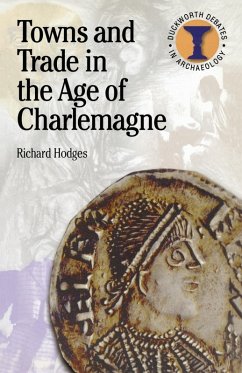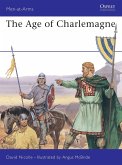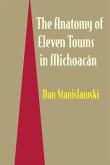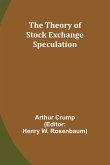This is an illustrated study of towns and trade in the age of Charlemagne, in the Debates in Archaeology series, which analyses urban continuity and discontinuity in Europe during the Dark Ages. It examines the important continuing discussion of the rebirth of urbanism in Carolingian Europe. Drawing upon new archaeological evidence from southern and northern Europe, Richard Hodges looks at the end of towns in Roman antiquity, the phenomenon of the Dark Age emporium, and the hotly disputed mechanisms which led to the inception of market towns during the age of Charlemagne. He focusses particularly on recently excavated evidence from the Mediterranean, as well as from England.
Bitte wählen Sie Ihr Anliegen aus.
Rechnungen
Retourenschein anfordern
Bestellstatus
Storno









